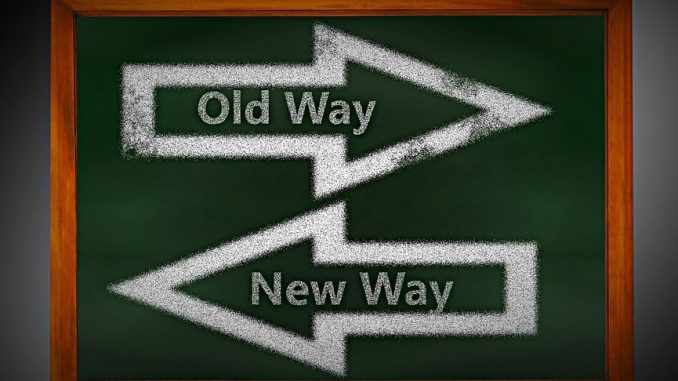
Waterfall methodologies for the implementation of CRM solutions have been the standard for over twenty years. However, this method poses significant risks, as regardless of if the project results in success or failure, the largest portion of either is realized when the project is completed. As a result, you have severely limited ability to implement fixes if outcomes don’t align with your business objectives.
Agile methodologies are now the primary development method for software design, being used by over 50% of organizations as compared to other implementation methods like the waterfall approach.
An agile methodology segments business goals and requirements for success into smaller increments delivers on subsets of valuable features and quickly puts them in the hands of end-users.
The agile methodology enables the development team to continue quickly delivering iterations which line up with expectations of users or to adapt their solutions to compensate for new details.
Agile Methodology vs. Waterfall Approach
Most CRM technology acquisition and implementation projects emphasize necessary requirements, available resources, and time.
Waterfall methodologies assume that business requirements are fixed and that time and available resources are flexible. Agile methodologies flip these assumptions on their heads. They assume that resources and time are fixed.
As a result, requirements are flexible and determined by the available time and resources. Productivity ends up determining the requirements that can be fulfilled, and projects adjust to accommodate.
Waterfall CRM Implementations
Waterfall approaches start with very clearly defined business needs that decide the scope of the project and allow you to generate a full software lifecycle project plan. Once the initial planning has concluded, work on the project can proceed and the business requirements ultimately get fulfilled as originally specified.
This method can work well in situations where business needs are clear and the overall objectives are fixed.
However, many projects begin with only partial requirements, or that they’re incorrect, incomplete, or need change part way through. With waterfall methodologies, the project cannot properly adjust and will move towards the original goal.
Larger projects have longer durations and are more likely to have segments of the project become obsolete during the development of the project.
As a result, extra time and resources will be needed to adjust projects when using a waterfall approach.
Agile CRM Implementations
Using agile methodology when implementing CRM is best in large or complex projects with ambiguous, incomplete or changing requirements.
Agile methodologies and implementations break down tasks into short, segmented increments that require minimal planning and without any concrete long-term plans. Each iteration tends to last anywhere from between 2 and 4 weeks and is typically driven by a self-organized and cross-functional group.
Towards the completion of an iteration, the team delivers a functional solution verified by the end-user or customer. Every following iteration takes the foundation and builds on it for a cumulative effect.
By using the agile methodology, the value is created earlier and throughout the project’s lifecycle, increasing the visibility and accuracy of forecasting, and reducing risk as deviations and errors are more quickly recognized.
By segmenting the implementation of CRM into smaller and more digestible increments, developers and their teams are more quickly able to adapt to incomplete or evolving requirements and avoid potential disasters.
This leads to reduced waste, fewer reworks and project overhead while also enabling earlier assurance that the project will meet the expectations of end users.
| Waterfall Methodologies | Agile Methodologies | |
| Proven CRM implementation methods | Often used in software but newer in CRM deployments | |
| Long-term plans | Planning on a short term basis | |
| Set and sequential plans | Highly adaptive | |
| Hierarchical approach | Lateral team approach | |
| Many roles | Relatively few roles | |
| Varying amounts of responsibility |
|
|
| High levels of interaction at beginning and end, but otherwise little | Continuous interaction with user throughout the project | |
| Defines requirements from the start | Requirements constantly evolving | |
| Not as user dependent | Highly user dependent | |
| Process oriented | People oriented | |
| Strict adherence to processes |
|
|
| Testing at conclusion of project | Constant testing and QA | |
|
Open to changes | |
| Weekly meetings for progress reports | Daily meetings to review progress | |
| Historically inaccurate progress management | Constant deliveries of user-verified features allow for project progress tracking | |
| Success is viewed as adherence to business requirements | Success is obtained because of business objectives that are delivered to a customer |
Ultimately, there are benefits to both agile and waterfall methodologies. However, more agile projects end up succeeding (64% vs 49%) when compared to waterfall methods. As a result, when in doubt, agile methods are the way to go.
When you want an agile IT developer to create a custom solution, you need someone you can trust to develop innovative apps and services that fit your needs.

Be the first to comment